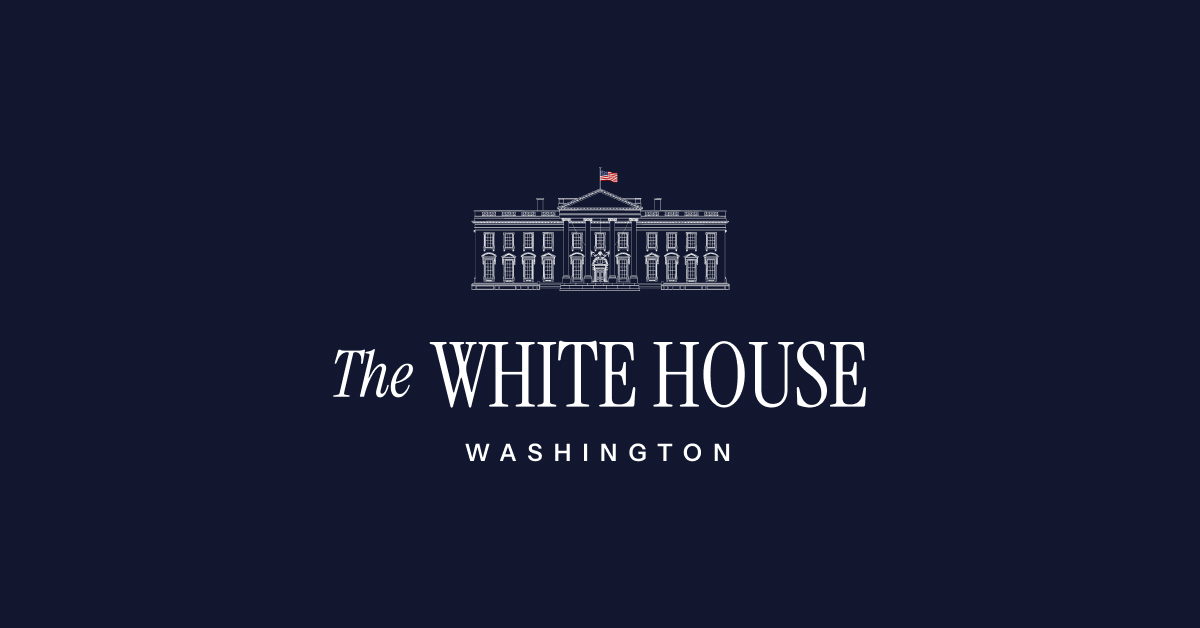
COUNTERING TRADE PRACTICES THAT UNDERMINE NATIONAL SECURITY: Today, President Donald J. Trump signed a Proclamation to increase the tariff to 50% on steel and aluminum.
- President Trump is taking action to protect America’s critical steel and aluminum industries, which have been harmed by unfair trade practices and global excess capacity.
- President Trump is raising the tariff on steel and aluminum imports from 25% to 50%, with the higher tariff set to go into effect on June 4, 2025.
- Tariffs on steel and aluminum imports from the United Kingdom will remain at 25%, with possible changes or quotas starting July 9, 2025, depending on the status of the U.S.-UK Economic Prosperity Deal.
- The steel and aluminum tariffs will apply only to the steel and aluminum contents of imported products, whereas the non-steel and non-aluminum contents of imported products will be subject to other applicable tariffs.
- President Trump is cracking down on false import declarations by requiring strict reporting of steel and aluminum content, with tough penalties like fines or loss of import rights for violators.
- President Trump is exercising his authority under Section 232 of the Trade Expansion Act of 1962 to adjust imports of steel and aluminum to protect our national security.
- This statute provides the President with authority to adjust imports being brought into the United States in quantities or under circumstances that threaten to impair national security.
RESTORING FAIRNESS TO STEEL AND ALUMINUM MARKETS: President Trump is taking action to end unfair trade practices and the global dumping of steel and aluminum.
- Foreign nations have been flooding the United States market with cheap steel and aluminum, often subsidized by their governments.
- A report from the first Trump Administration found that steel import levels and global excess were weakening our domestic economy and threatening to impair national security.
- The report found that excess production and capacity has been a major factor in the decline of domestic aluminum production.
- While the domestic steel industry briefly achieved 80% capacity utilization in 2021, subsequent trade pressure has depressed domestic production. In 2022 and 2023, capacity utilization fell to 77.3% and 75.3%, respectively. High import volumes from sources exempt from Section 232 tariffs were a major factor in depressing domestic production volumes.
- For aluminum, there was an increase in the capacity utilization rate between 2017 and 2019, from 40% to 61% during that period. But since 2019, the aluminum capacity utilization has once again seen a steady decline, falling from 61% to 55% between 2019 and 2023.
- The United States does not want to be in a position where it would be unable to meet demand for national defense and critical infrastructure in a national emergency.
STRENGTHENING AMERICA’S MANUFACTURING INDUSTRY: President Trump’s decision to close existing loopholes and exemptions will strengthen United States’ steel and aluminum industries.
- In his first term, President Trump imposed Section 232 tariffs to protect the American steel and aluminum industries from unfair foreign competition.
- The steel tariffs that President Trump implemented led to thousands of jobs gained and higher wages in the metals industry.
- These tariffs were hailed as a “boon” for Minnesota’s iron ore industry, with state officials crediting tariffs for bolstering the local economy.
- Steel and aluminum imports drastically decreased under President Trump, falling by nearly a third from 2016 to 2020.
- The tariffs led to a wave in investment across the United States, with more than $10 billion committed to build new mills.
- Earlier this year, President Trump restored and strengthened Section 232 tariffs on steel and aluminum, widely celebrated by the American steel and aluminum industries.
- Now, President Trump is once again being praised by our steel and Aluminum industries for his decision to raise tariffs on foreign steel and aluminum even higher and protect American workers.
TARIFFS WORK: Studies have repeatedly shown that contrary to public rhetoric, tariffs can be an effective tool for achieving economic and strategic objectives.
- A 2024 study on the effects of President Trump’s tariffs in his first Administration found that they “strengthened the U.S. economy,” and “led to significant reshoring” in industries like manufacturing and steel production.
- A 2023 report by the U.S. International Trade Commission that analyzed the effects of Section 232 and 301 tariffs on more than $300 billion of U.S. imports found that the tariffs reduced imports from China, effectively stimulated more U.S. production of the tariffed goods, with very minor effects on prices.
- According to the Economic Policy Institute, the tariffs implemented by President Trump during his first Administration “clearly show[ed] no correlation with inflation” and only had a temporary effect on overall price levels.
- An analysis from the Atlantic Council found that “tariffs would create new incentives for US consumers to buy US-made products.”
- Former Biden Treasury Secretary Janet Yellen affirmed last year that tariffs do not raise prices: “I don’t believe that American consumers will see any meaningful increase in the prices that they face.”
- A 2024 economic analysis found that a global tariff of 10% would grow the economy by $728 billion, create 2.8 million jobs, and increase real household incomes by 5.7%.
